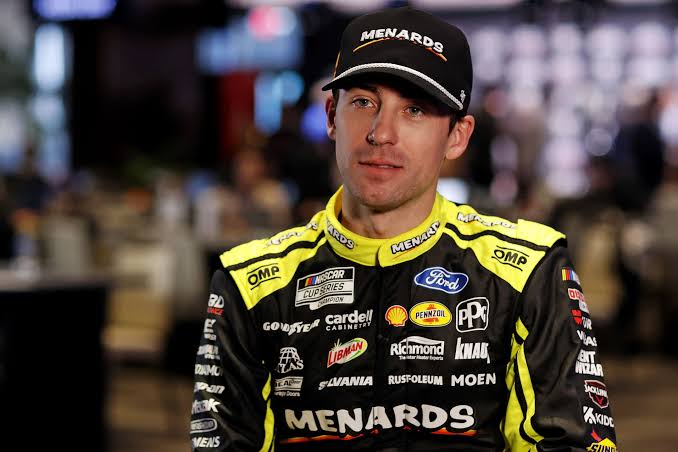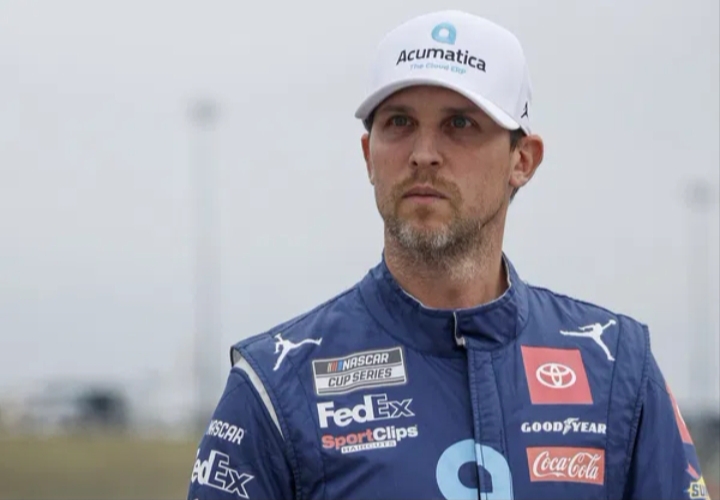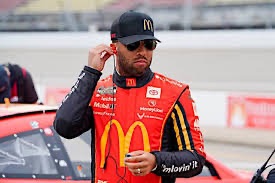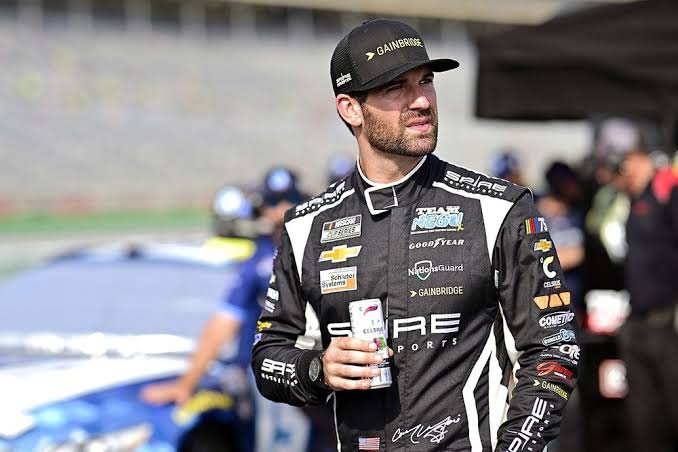NASCAR has reaffirmed its damaged vehicle policy following the controversy surrounding Ryan Blaney’s early exit from the Round of 16 race at Watkins Glen International last Sunday. Blaney’s race was abruptly cut short after a crash on Lap 1 involving Brad Keselowski left his car with extensive damage. NASCAR officials made the decision not to allow Blaney’s team to attempt repairs, sparking frustration from both the driver and his supporters.
The crash occurred early in the race, and the damage sustained to Blaney’s vehicle led to a swift call by NASCAR to park him for the remainder of the event. The decision came as a result of NASCAR’s strict damaged vehicle policy, which was introduced in 2017 to regulate how much damage a car can sustain before it’s deemed too dangerous to continue. Unfortunately for Blaney, his car was deemed too damaged to return to the race, leaving him sidelined.
Blaney did not hold back in expressing his dissatisfaction with NASCAR’s decision. Speaking to the media after the race, Blaney criticized the officials for what he believed was an unjust and premature decision to end his day. According to him, the officials didn’t give his team a fair chance to assess the damage and attempt repairs.
“Give us a chance to fix it, how are they going to dictate if we’re done or not?” Blaney remarked during the post-race interview, as originally reported by *Newsweek* Sports. He expressed confusion over why NASCAR was so quick to park his car, especially since other drivers in similar situations have been allowed to make repairs and return to the race.
Blaney went on to say, “They have no idea the damage. They said because I couldn’t drive it back to the pit box, we’re done. But if you have four flats, you get towed back to the pit box. You can’t drive it back. So, I don’t know what’s going on, why they won’t even give us a shot to work on it, but I don’t agree with it.”
The frustration for Blaney stemmed from the fact that, while his car had suffered significant damage, he believed there might have been a possibility to fix it. Unfortunately, NASCAR’s strict policy didn’t allow his team the opportunity to inspect the damage before being parked. Blaney described the situation as “stacked up,” admitting he wasn’t entirely sure what caused the crash, but stated that the steering arm had been completely broken after the contact.
“I don’t know if we could have fixed it, but that’s the frustrating part,” Blaney continued. “Just don’t even give us a chance; you just end our day, and you’re not letting us get to look at it before it’s in the garage? That just stinks.”
In response to the backlash, NASCAR Cup Series managing director Brad Moran provided clarification on the policy during a statement on SiriusXM NASCAR Radio. Moran explained that the damaged vehicle policy (DVP) was established in 2017 with input from all stakeholders in the racing industry. The policy mandates that if a driver is involved in an incident and cannot drive their car back to the pit stall, the vehicle is considered out of the race. According to Moran, this rule was designed with safety and efficiency in mind.
“If you are in an incident and you are on the DVP [damaged vehicle policy] and you cannot drive the vehicle back to your pit stall, then you are out of the race at that point,” Moran said. “If you drive it into the garage or behind the wall, at that point, you’re out of the race. And you have to go to the care center. So, it’s a variety of reasons for efficiencies or safety. But all the industry, in collaboration, put this together in 2017.”
While Moran acknowledged Blaney’s frustration, he stood by the decision, noting that the damage to Blaney’s car—specifically the broken front suspension or steering—was consistent with the policy’s requirements. He expressed empathy for Blaney, calling the situation “unfortunate” but pointed out that NASCAR’s policy has been in place for several years and applied uniformly to all drivers since its implementation.
“I totally get Blaney’s frustration,” Moran added. “But he was involved with the incident with the 6 [Brad Keselowski], which did end up busting the front suspension or steering, I believe. And that would be consistent with what we’ve been doing since 2017.”
The controversy surrounding Blaney’s crash and NASCAR’s enforcement of the damaged vehicle policy has reignited debate among fans and drivers alike. While the policy aims to prioritize safety and streamline race operations, incidents like these continue to stir frustration, particularly when teams feel they’re not given the opportunity to assess or attempt repairs. Whether or not NASCAR will revisit this policy remains to be seen, but for now, the organization is standing firm in its commitment to maintaining the rules established in 2017.
Good News: NASCAR discusses Changes to damaged vehicle policy after driver Ryan Blaney was parked following a crash on Lap 1…..




